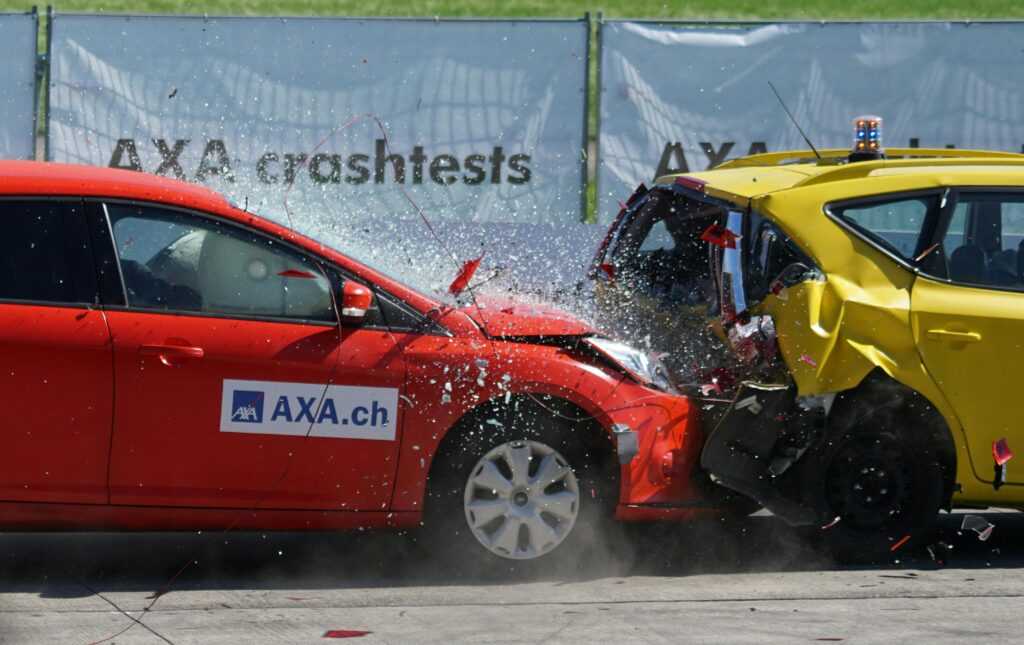Car accidents are an unfortunate part of driving. Beyond the physical and emotional stress, they often trigger a complex car insurance claims process—particularly when it comes to determining fault. Understanding how fault is assessed, how it affects payouts, and what it means for your financial obligations is essential for navigating the aftermath of a crash.
In this article, we’ll explore the role fault plays in car insurance claims and offer guidance on what to expect—especially if your vehicle is financed under a Personal Contract Purchase (PCP) agreement.
What Are Car Insurance Claims?
A car insurance claim is a request made to your insurance provider for compensation following an accident, theft, or other covered event. When you file a claim after a collision, the insurer investigates the incident to determine what happened, who was responsible, and what financial compensation should be paid out.
The outcome often depends on liability (fault). This determines:
- Who pays for vehicle repairs
- Who covers medical expenses
- Whether your premiums increase
- Whether your no-claims discount is affected
Understanding how fault impacts your claim helps ensure you’re prepared—and protected.
How Fault Affects Car Insurance Claims
If You’re Found At Fault
If you’re deemed responsible for the accident:
- Your liability insurance typically pays for the other party’s vehicle damage and medical expenses
- You may be required to pay an excess (deductible)
- Your premiums are likely to increase upon renewal
- You’re responsible for costs beyond your policy limit
If You’re Not At Fault
When the other driver is at fault:
- Their insurance should cover your repairs and medical costs
- You may still need to claim from your own insurer temporarily, depending on how quickly liability is confirmed
- Your collision or uninsured motorist coverage may be used if the other driver has no insurance
Shared Fault and Comparative Negligence
In some accidents, both drivers may share partial blame. In these cases, liability is assigned as a percentage, and compensation is adjusted accordingly. For example, if you’re found 30% at fault, you may only receive 70% of the damages you’re claiming.
No-Fault States
In certain regions, insurers pay for their own policyholder’s losses, regardless of fault. This system simplifies minor claims but still allows fault-based claims in more serious cases.
What If Your Car Is on a PCP Agreement?
If your car is financed through a Personal Contract Purchase (PCP) plan, a claim—especially one involving a total loss—can become more complex.
A PCP agreement means you make fixed monthly payments for the use of the car, with the option to purchase or return it at the end. During the contract, the vehicle is technically owned by the finance company, which has a financial interest in what happens to the car after an accident.
Here’s how fault and PCP agreements intersect in an insurance context:
If You’re Not At Fault
- The at-fault driver’s insurance should cover your losses
- If the car is written off, the payout will be based on the market value, which may be enough to cover your remaining PCP balance
- Any surplus would typically go to you, while the finance company receives what it’s owed
If You’re At Fault
- Your insurer will pay for damage to the other party (and your own vehicle, if you have comprehensive cover)
- If the vehicle is written off, your insurer still only pays its market value
- If the remaining balance on your PCP agreement exceeds that payout, you may owe the difference out-of-pocket
This is where GAP insurance becomes valuable. GAP (Guaranteed Asset Protection) insurance covers the shortfall between your car’s current value and what you still owe on your PCP agreement.
Note: If you later realise that your PCP agreement was mis-sold—for example, due to undisclosed commissions or affordability issues—you may be eligible to pursue a PCP claim for refund or compensation. This is a separate financial matter and is not handled through your insurer, but through claims specialists or legal advisors.
Key Steps to Take After an Accident
The moments after a collision are critical. Here’s how to protect yourself and support your claim:
- Ensure Safety First
Check for injuries and move vehicles to a safe area if possible. Call emergency services if anyone is hurt.
- Gather Evidence
Take photos of the scene, vehicle damage, license plates, and road conditions. Collect the names and contact details of everyone involved—including witnesses.
- Exchange Insurance Information
Swap insurance details with the other driver. Be polite and factual, but avoid admitting fault at the scene.
- File a Police Report
This official documentation can be invaluable—especially if there’s a dispute over fault.
- Notify Your Insurer Promptly
Contact your insurance company as soon as you can. Provide all documentation and a clear account of what happened.
- Consider Legal Support if Needed
If fault is contested or you’re navigating a complex situation—especially involving finance agreements or injury claims—seeking legal advice can help protect your rights.
Conclusion
The question of fault sits at the heart of every car insurance claim. It determines who pays, how much you receive, and how the incident affects your driving record and future premiums. Whether you’re at fault, partially responsible, or not at fault at all, knowing how the system works allows you to respond calmly and strategically after an accident.
If your vehicle is financed through a PCP agreement, be aware that a total loss can leave you financially exposed, especially if the insurance payout doesn’t cover what you still owe. Having GAP insurance in place and knowing your rights if the finance agreement was mis-sold can make a significant difference in your financial outcome.
Ultimately, documenting the accident, understanding your policy, and acting quickly are the keys to managing any car insurance claim, no matter who’s at fault.


 Luxury Lifestyle & Partnerships Manager
Luxury Lifestyle & Partnerships Manager
